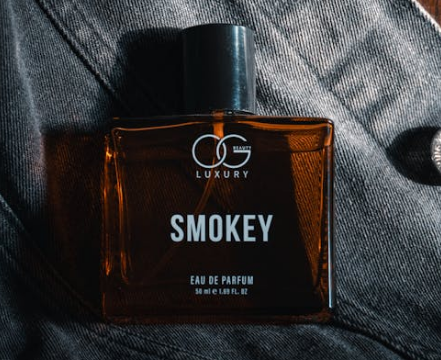The Importance of a Keen Sense of Smell
Your sense of smell shapes how you experience cologne, turning a simple spritz into a sensory journey. A trained nose can distinguish subtle notes, from citrus bursts to woody undertones, making it easier to choose fragrances that resonate. A cologne subscription is a perfect tool for this, delivering diverse scents to practice with each month. By honing your olfactory skills, you can elevate your appreciation of fragrances and select colognes that truly reflect your style. Here’s how to train your nose like a professional perfumer.
Understanding Your Olfactory System
The human nose can detect thousands of distinct smells, but most people don’t tap into this potential. Your olfactory receptors process scent molecules, sending signals to the brain for interpretation. Training sharpens this ability, helping you identify and describe notes like bergamot, oud, or jasmine. A cologne subscription provides a steady stream of new fragrances, giving you the variety needed to practice. Start by familiarizing yourself with common fragrance families—citrus, floral, woody, oriental—to build a mental scent library.
Start with Simple Smells
Begin training by focusing on everyday scents outside of cologne. Smell items like coffee, herbs, fruits, or spices in your kitchen, noting their distinct characteristics. Is the lemon zesty or tart? Does the cinnamon feel warm or sharp? Practice describing these smells in detail. Then, apply this to your cologne subscription samples, sniffing each fragrance and jotting down what you detect—perhaps a hint of vanilla or a cedar base. This builds your ability to break down complex scents into their components.
Use a Scent Journal
Keeping a scent journal is a powerful way to track your progress. For each cologne you try, write down the top, middle, and base notes as they unfold. Note how the fragrance changes on your skin over hours. A cologne subscription makes this easier by providing small vials, allowing you to test multiple scents without overwhelming your nose. Record your impressions, like whether a fragrance feels fresh, spicy, or earthy. Over time, this journal becomes a reference, helping you identify patterns and preferences in your scent exploration.
Practice Blind Smelling
To challenge your nose, try blind smelling. Have someone present you with a cologne from your subscription without revealing its name or notes. Sniff it and guess the fragrance family or specific ingredients. This sharpens your ability to discern notes without relying on labels. Start with one spray on a test strip or your wrist, letting the scent develop for a few minutes. Compare your guesses to the cologne’s description afterward. A cologne subscription’s variety ensures you have plenty of scents to practice with, keeping the exercise engaging.
Take Breaks to Reset Your Nose
Your nose can become fatigued, a phenomenon called olfactory overload, where scents start blending together. To avoid this, take breaks between smelling sessions—step outside for fresh air or sniff your own skin to reset. Coffee beans, often used in perfume stores, don’t actually clear your nose; they just add another scent. When testing samples from your cologne subscription, limit yourself to three or four fragrances per session. This keeps your nose sharp and prevents confusion when identifying notes.
Train with Contrasting Scents
To refine your skills, compare contrasting fragrances side by side. For example, test a citrus-heavy cologne against a woody one from your subscription. Apply each to a different wrist and note how they differ in intensity, warmth, or freshness. This trains your nose to pick up subtle distinctions, like the difference between grapefruit and bergamot or cedar and sandalwood. Over time, you’ll start recognizing these nuances in any fragrance, making you more discerning when choosing your next cologne.
Engage with Scent Daily
Consistency is key to training your nose. Make smelling a daily habit by paying attention to the scents around you—flowers in a garden, spices in a meal, or even the air after rain. When your cologne subscription arrives, dedicate time to explore each sample, sniffing slowly and deliberately. Try wearing a different fragrance each day and noting how it interacts with your environment or mood. This regular engagement strengthens your olfactory memory, making it easier to identify and appreciate complex colognes.
Advanced Techniques: Scent Mapping
Once you’re comfortable, try scent mapping to deepen your skills. Create a mental or written “map” of a cologne’s notes, visualizing how they connect. For example, a fragrance might start with a bright lemon top note, transition to a floral rose heart, and settle into a musky base. Use samples from your cologne subscription to practice this, breaking down each scent into its layers. This technique, used by perfumers, helps you understand a fragrance’s structure and enhances your ability to select colognes that align with your taste.
The Joy of a Trained Nose
A sharpened sense of smell transforms how you experience colognes, turning each spritz into a story of notes and emotions. By training your nose, you gain confidence in choosing fragrances that suit you, whether bold or subtle. A cologne subscription fuels this journey, providing a constant supply of new scents to explore and refine your skills. With practice, you’ll not only appreciate fragrances more deeply but also discover the ones that make you feel most like yourself.
